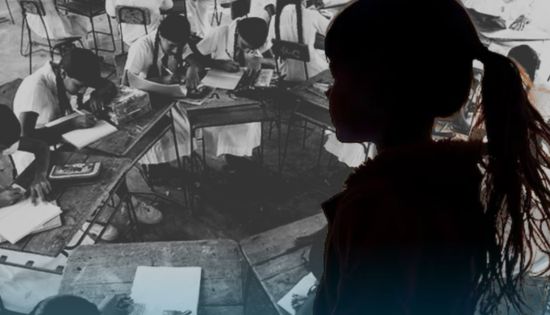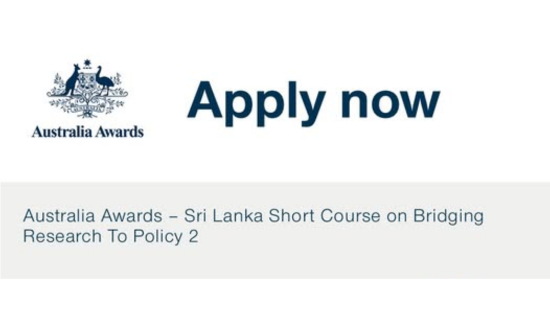University Admissions and Z-Score Cutoffs in Sri Lanka
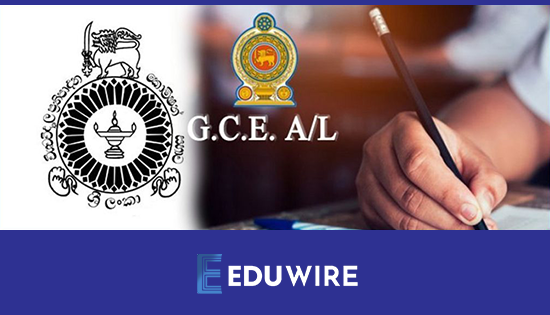
Getting into a state university in Sri Lanka is a dream for many students. After finishing the G.C.E. Advanced Level (A/L) exams, students hope to enter public universities to study for free. But the competition is very high, and the most important factor in university selection is something called the Z-score.
What is the Z-Score?
The Z-score is a number that helps compare students who did different A/L subject combinations. It is not the same as your raw marks or grades. Instead, the Z-score shows how well you did compared to others in your same subject stream.
For example:
- If you did A/Ls in the science stream, your Z-score will be compared only with other science students.
- If you are in the commerce or arts stream, your Z-score is compared with students in those streams.
This way, even if some subjects are harder than others, the Z-score makes the system fair for everyone.
Why is the Z-Score Important?
The Z-score decides:
- If you qualify for university
- What course you can study (like medicine, engineering, law, arts, etc.)
- Which university you can go to
Higher Z-scores mean better chances of getting into popular courses and top universities.
University Admission Process
Here is a step-by-step look at how the system works:
- Sit for the A/L exam
- Students do 3 main subjects and General English.
- Receive your results and Z-score
- The Department of Examinations releases A/L results and Z-scores for each subject stream.
- Check minimum Z-score cutoffs
- The University Grants Commission (UGC) publishes Z-score cutoffs for each course at each university. These are the lowest Z-scores accepted for entry.
- Apply through the UGC
- Students must fill out the UGC application, listing their course and university preferences.
- Wait for selection
- If your Z-score meets the cutoff for a course and university, you will receive an offer.
What are Z-Score Cutoffs?
Z-score cutoffs are the minimum Z-scores needed to get into each course. For example:
- To study medicine at Colombo University, you might need a Z-score of 2.000 or more.
- For arts or management programs, the Z-score might be lower.
These cutoffs change every year depending on how many students apply and how well they perform in the A/Ls.
Tips for Students
- Focus on your A/L preparation — every mark counts toward your Z-score.
- Choose subjects you are strong in, as performance in your stream matters.
- Keep track of past Z-score cutoffs to understand the competition.
- Consider applying for private universities or foreign education if your Z-score is not enough for state universities.
The Z-score system may seem confusing at first, but it plays a big role in helping students get into university in a fair way. By understanding how it works and what the cutoffs mean, students and parents can better plan for the future.
Related News
Gateway College Makes History with Double Basketball Championship Victory
Gateway College Colombo achieved an extraordinary double triumph by winning both the Boys’ and Girls’ Championships at the Inter-International Schools Under-19 Basketball…
Read MoreKelaniya AIESEC Wraps Up The Leadership Development Seminar (LDS2025)
AIESEC in University of Kelaniya proudly concluded its highly anticipated the event, Leadership Development Seminar (LDS) 2025, held on 28th September 2025…
Read MoreBridging Research to Policy 2 (Sri Lanka) – Australia Awards Sri Lanka
The Australia Awards Sri Lanka programme has opened applications for a short-course called Bridging Research to Policy scheduled for 2025. Funded by…
Read MoreMA Education with Early Childhood (UK) – AIC Campus
The curriculum of this program is carefully crafted to support students' concurrent growth in knowledge and abilities while also giving them chances…
Read MoreUniversity of Colombo Secures Top Spot Among Sri Lankan Universities in Global Rankings
The University of Colombo (UoC) has once again distinguished itself by emerging as the highest-ranked Sri Lankan university in the 2026 global university…
Read MoreCourses
-
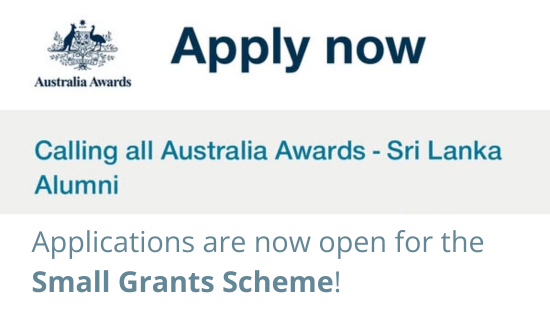
Small Grant Scheme for Australia Awards Alumni Sri Lanka
Australia Awards alumni are warmly invited to apply for a grant up to AUD 5,000 to support an innovative project that aim… -

MBA in Project Management & Artificial Intelligence – Oxford College of Business
In an era defined by rapid technological change, organizations increasingly demand leaders who not only understand traditional project management, but can also… -

PIM Launches Special Programme for Newly Promoted SriLankan Airlines Managers
The Postgraduate Institute of Management (PIM) has launched a dedicated Newly Promoted Manager Programme designed to strengthen the leadership and management capabilities… -
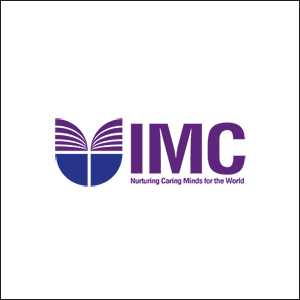
IMC – Bachelor of Psychology
IMC Education Overview IMC Campus in partnership with Lincoln University College (LUC) Malaysia offers Bachelor of Psychology Degree right here in Sri… -

ANC – BA (Hons) International Business Management (Top-Up)
ANC Education Overview Designed in partnership with public and private business organizations, this program develops one’s ability to critically evaluate business models… -
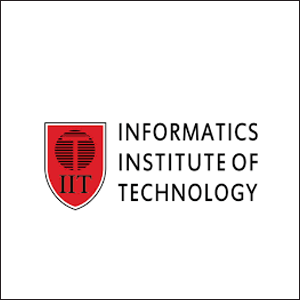
IIT – BSc (Hons) Computer Science
IIT Campus Overview BSc (Hons) Computer Science provides a solid foundation and training regarding the fundamentals of the computer science field, along… -
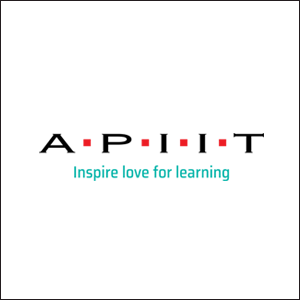
APIIT – BSc (Hons) Cyber Security
APIIT Sri Lanka Overview Our BSc (Hons) Cyber Security award is designed to launch your future career in the protection of software… -
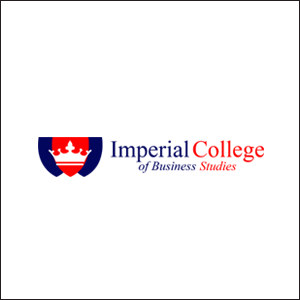
ICBS – BSC (Hons) Business Management with Marketing Management
ICBS Overview The BSc (Hons) Business Management with Marketing program, awarded by Queen Margaret University (QMU), is a highly regarded degree that… -
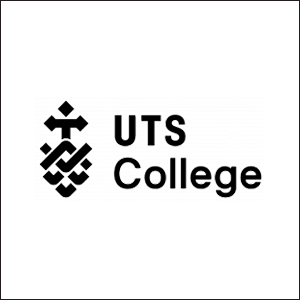
UTS – Diploma of Science
UTS College Sri Lanka Overview The Diploma of Science is designed to empower you to apply scientific thinking and analysis to important… -

CSA – Master of Architecture and Environmental Design
City School of Architecture Overview The Master of Architecture and Environmental Design Degree at CSA is awarded by the University of the… -

APIIT – BSc (Hons) International Business Management
APIIT Sri Lanka Overview Increasingly businesses are becoming more and more international. This requires business management professionals to have knowledge, skills and… -

IIT – BSc (Hons) Artificial Intelligence And Data Science
IIT Campus Overview The BSc (Hons) Artificial Intelligence and Data Science course is awarded by Robert Gordon University (RGU) in the UK… -

ICBS – International Degree Foundation in Business / IT
ICBS Overview The Scottish Qualification Authority (SQA) is a globally recognized organization dedicated to education and qualification development. SQA is responsible for… -

APIIT – BA (Hons) Finance and Business Enterprise
APIIT Sri Lanka Overview Finance and accounting are no longer just about taxation and the management of financial capital. This award will… -

APIIT – MBA General
APIIT Sri Lanka Overview The MBA is awarded by Staffordshire University, UK. This award is an advanced course of study in management…
Newswire
-

Pakistan appoint new ODI captain
ON: October 20, 2025 -

Snickers officially launched in Sri Lanka with island-wide pop-up experience
ON: October 20, 2025 -
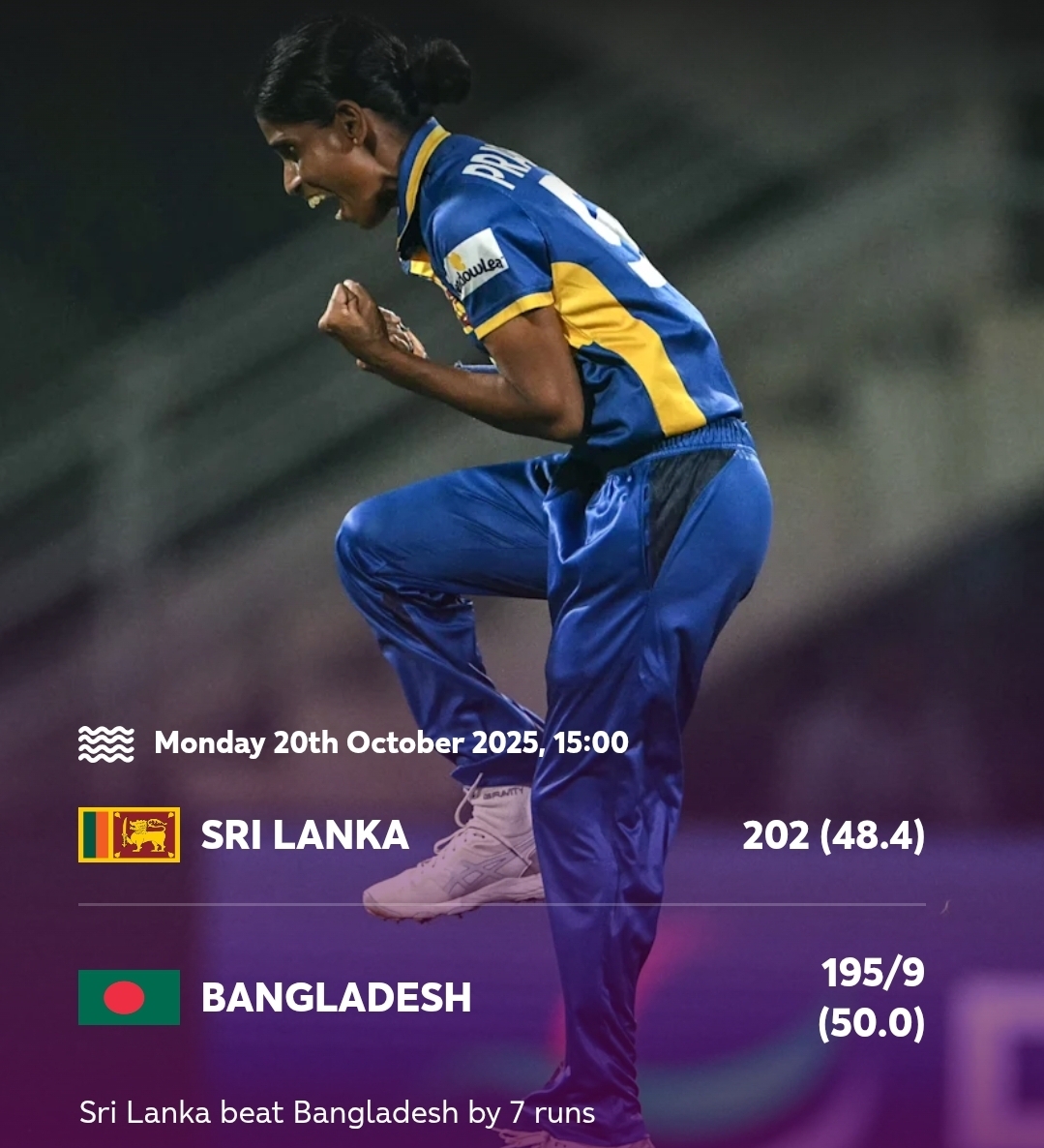
ICC Women’s World Cup 2025 – Points Table
ON: October 20, 2025 -
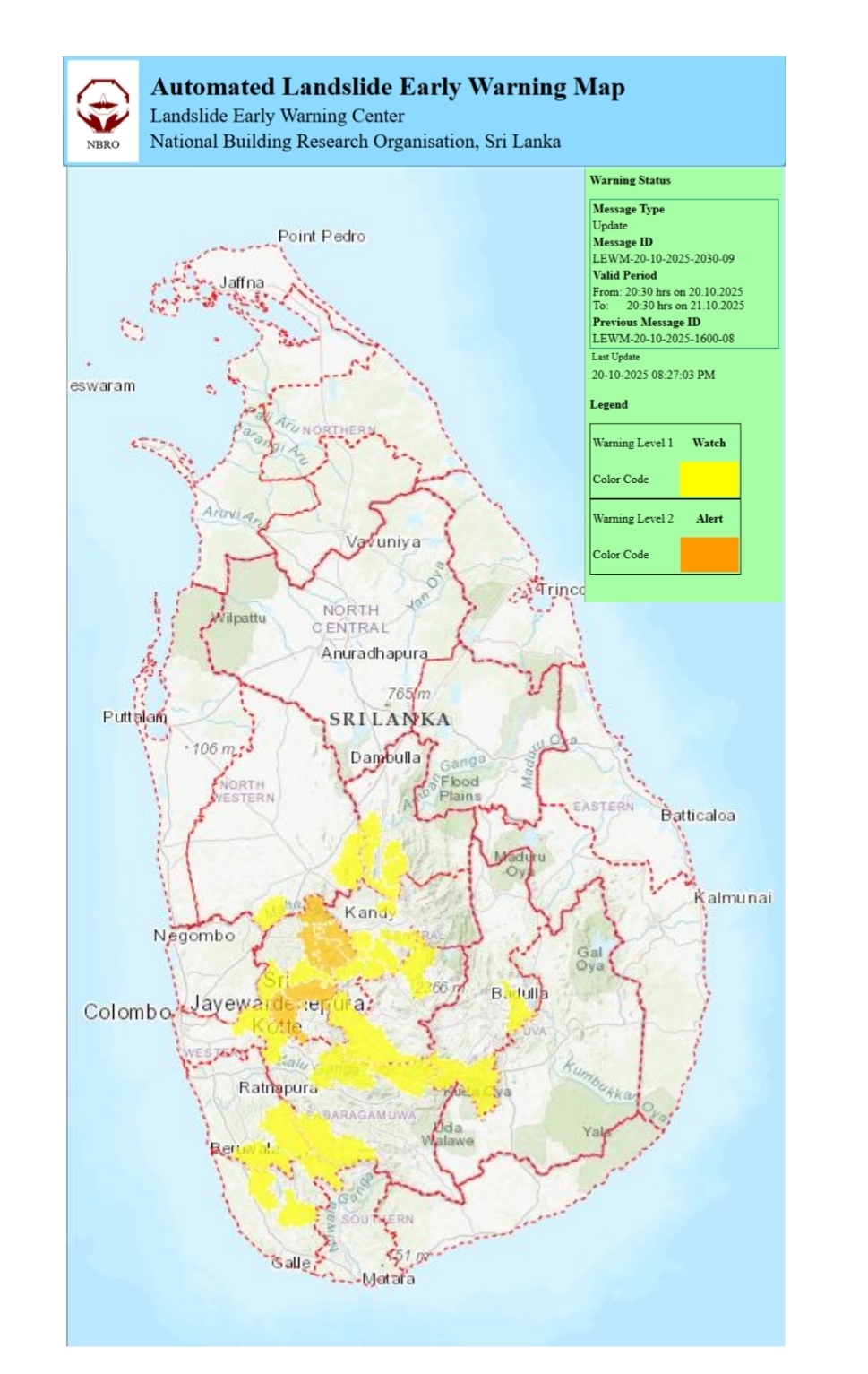
NBRO issues landslide early warnings for 10 districts
ON: October 20, 2025 -

How to create your WhatsApp username
ON: October 20, 2025


